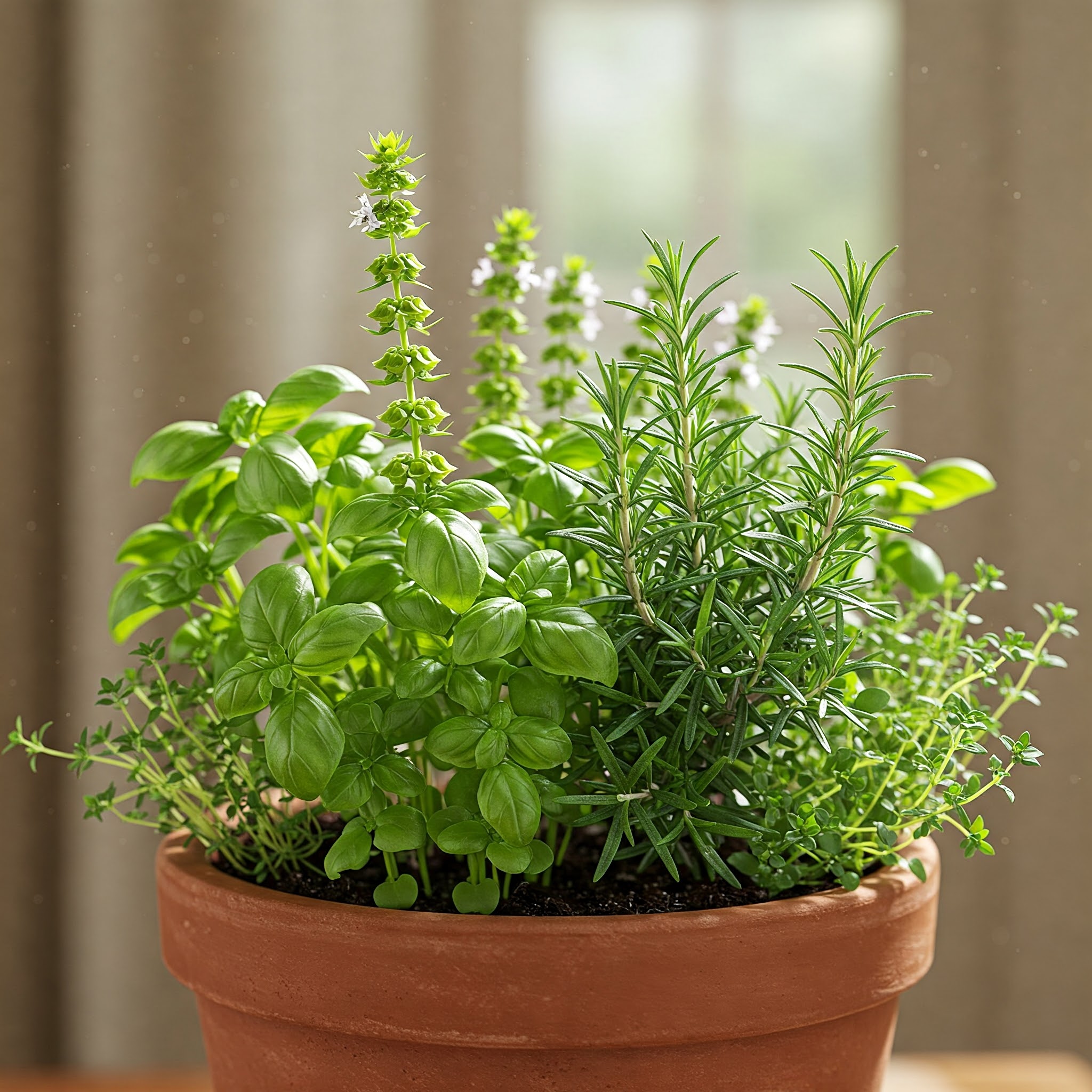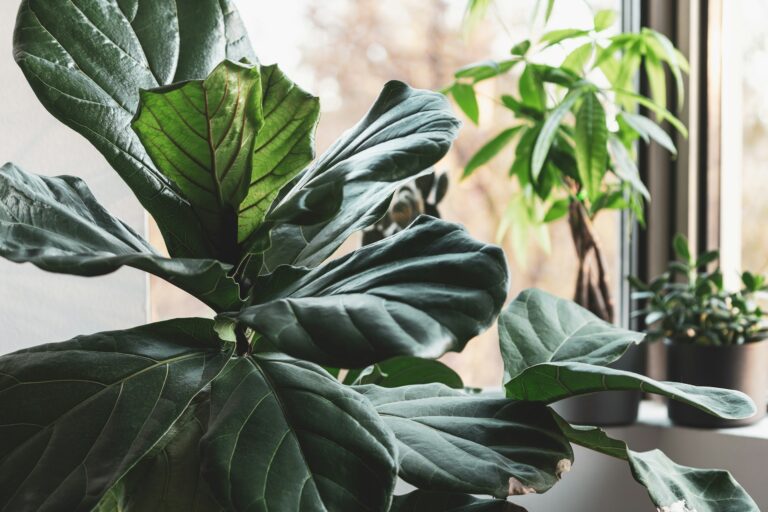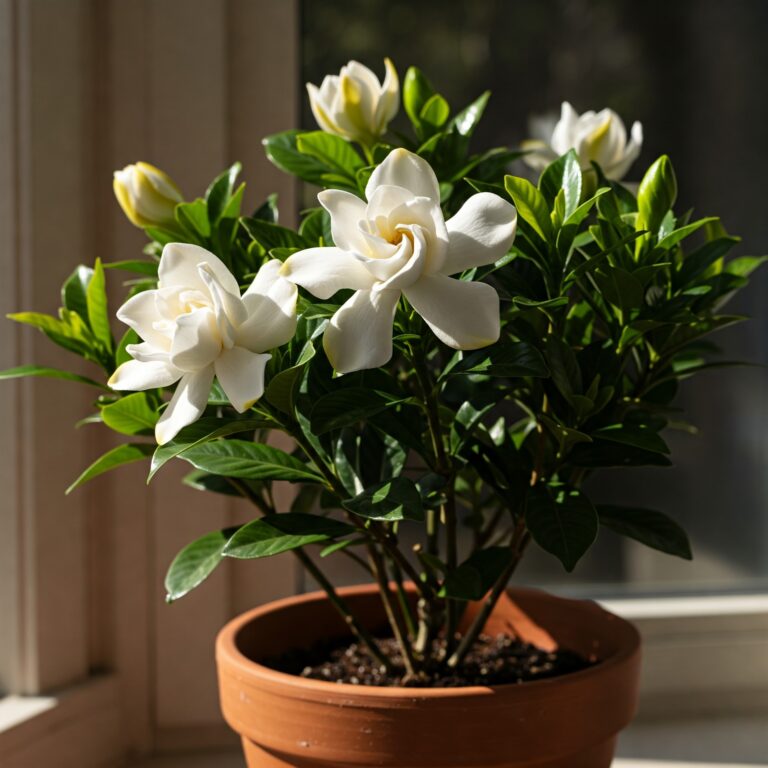Want fresh herbs at your fingertips year-round? Growing herbs indoors is easier than you think! Whether you’re a seasoned gardener or a beginner, cultivating herbs inside your home offers many benefits. Having access to fresh herbs indoors saves money, enhances your cooking, and brings greenery into your space. Plus, growing your own herbs ensures they are free of pesticides and always available when you need them.
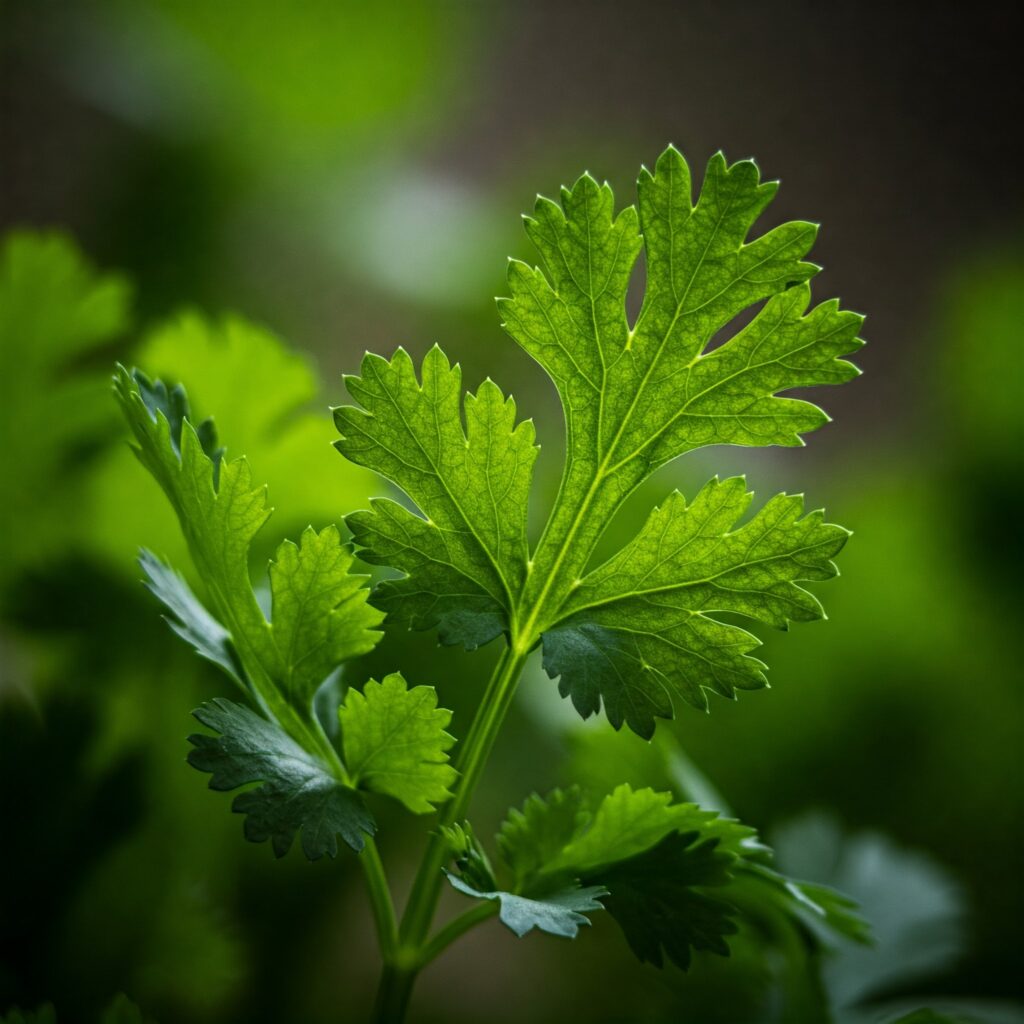
This guide will walk you through how to grow herbs indoors, from selecting the right herbs to troubleshooting common issues.
Why Grow Herbs Indoors?
Growing herbs indoors provides numerous advantages. First, you can enjoy fresh herbs year-round, regardless of the season. Unlike store-bought herbs that wilt quickly, homegrown herbs are always fresh and full of flavor. Additionally, growing your own herbs is cost-effective, reducing the need for frequent store purchases.
Indoor gardening also improves air quality, as plants naturally filter toxins and increase humidity levels. Plus, adding greenery to your home enhances its aesthetic appeal, creating a more inviting and calming environment. If you love cooking, having herbs like basil, rosemary, and parsley within arm’s reach will elevate your dishes with fresh, homegrown flavors. Learning how to grow herbs indoors is a simple and rewarding way to embrace gardening while enjoying the benefits of fresh, flavorful plants.
Simple tips for indoor gardening.
Best Herbs to Grow Indoors
Certain herbs thrive in indoor environments, making them perfect for home gardening. Some of the easiest and most popular herbs to grow indoors include;
- Basil,
- Parsley,
- Mint,
- Chives,
- Thyme,
- Oregano,
- Rosemary, and
- Cilantro.
Each herb has its own unique care requirements, but most prefer bright, indirect sunlight and well-draining soil.
When selecting herbs, consider your cooking preferences. If you frequently cook Italian dishes, basil and oregano are great choices. For tea lovers, mint and chamomile are excellent options. Additionally, herbs like chives and cilantro are versatile and can be used in various dishes.
Choosing the right herbs based on your needs will make indoor gardening even more enjoyable.
Step 1: Choose the Right Location
The first step in learning how to grow herbs indoors is selecting an appropriate location. Most herbs require at least 6-8 hours of sunlight per day, so placing them near a south-facing window is ideal. If natural light is insufficient, using grow lights can help provide the necessary light for healthy growth.
Avoid placing herbs near drafty windows, heating vents, or air conditioners, as extreme temperatures can stress the plants. Ensuring a stable environment with consistent light exposure will promote vigorous growth and healthier herbs.
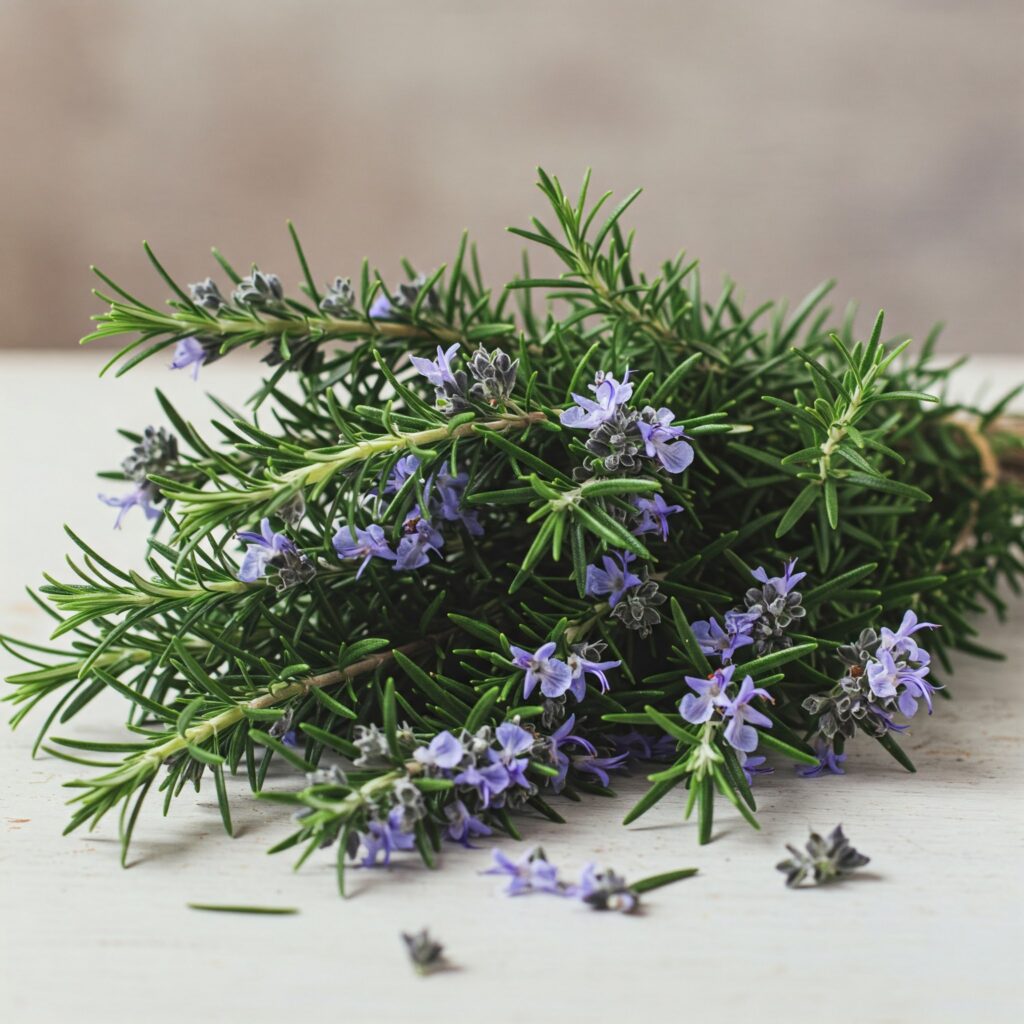
Step 2: Select the Right Containers
Choosing the right pots for your herbs is crucial for their health. Always opt for containers with drainage holes to prevent water from accumulating and causing root rot. The size of the container should match the herb’s growth needs—mint, for example, requires a larger pot due to its spreading nature.
Self-watering pots are a great option for those who may forget to water their plants regularly. Additionally, terra cotta pots allow better airflow to the roots, which can be beneficial for certain herbs like rosemary and thyme.
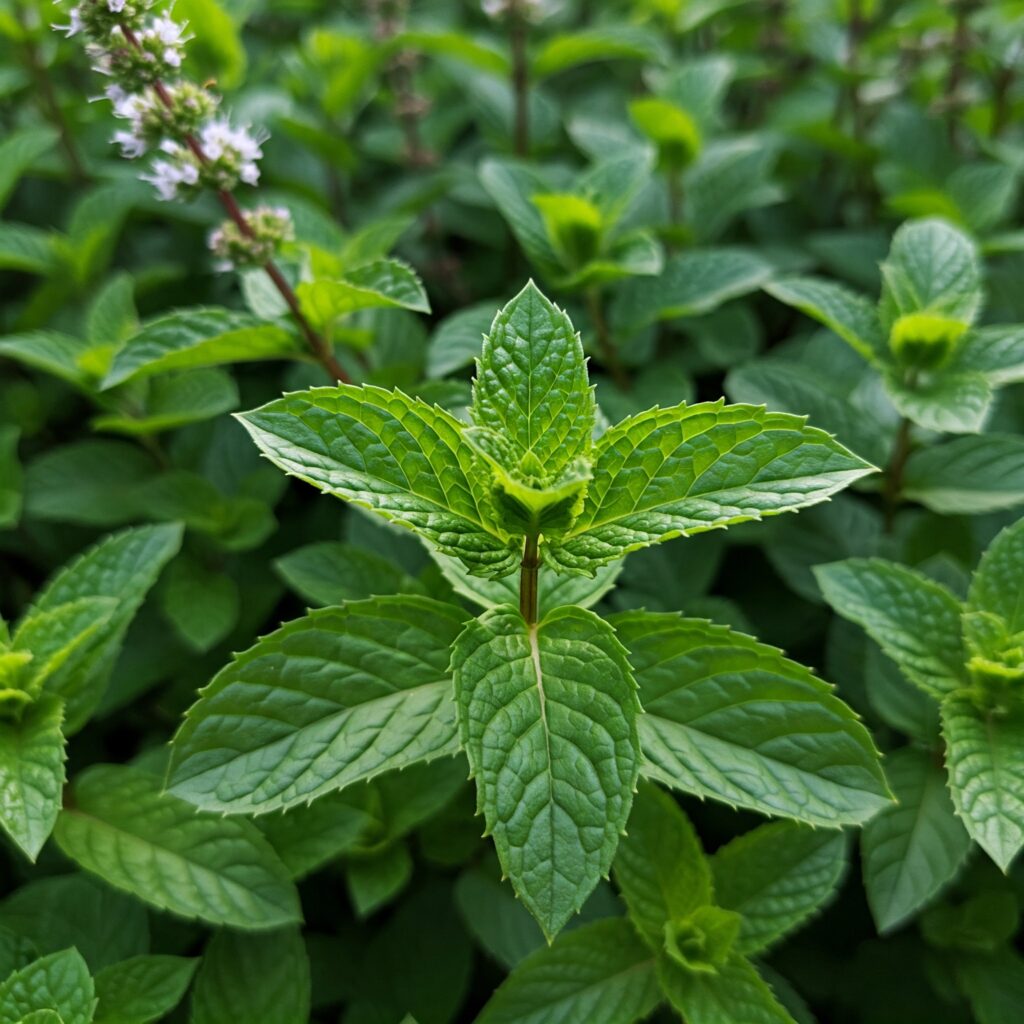
Step 3: Use the Right Soil
The quality of the soil plays a significant role in how well your herbs grow. It’s important to use well-draining soil to prevent excess moisture from harming the roots. A high-quality potting mix designed for herbs or a DIY mix of potting soil, perlite, and compost works well.
Avoid using garden soil, as it may contain pests and lack the proper drainage needed for container gardening. Ensuring your herbs have the right soil conditions will help them thrive indoors.
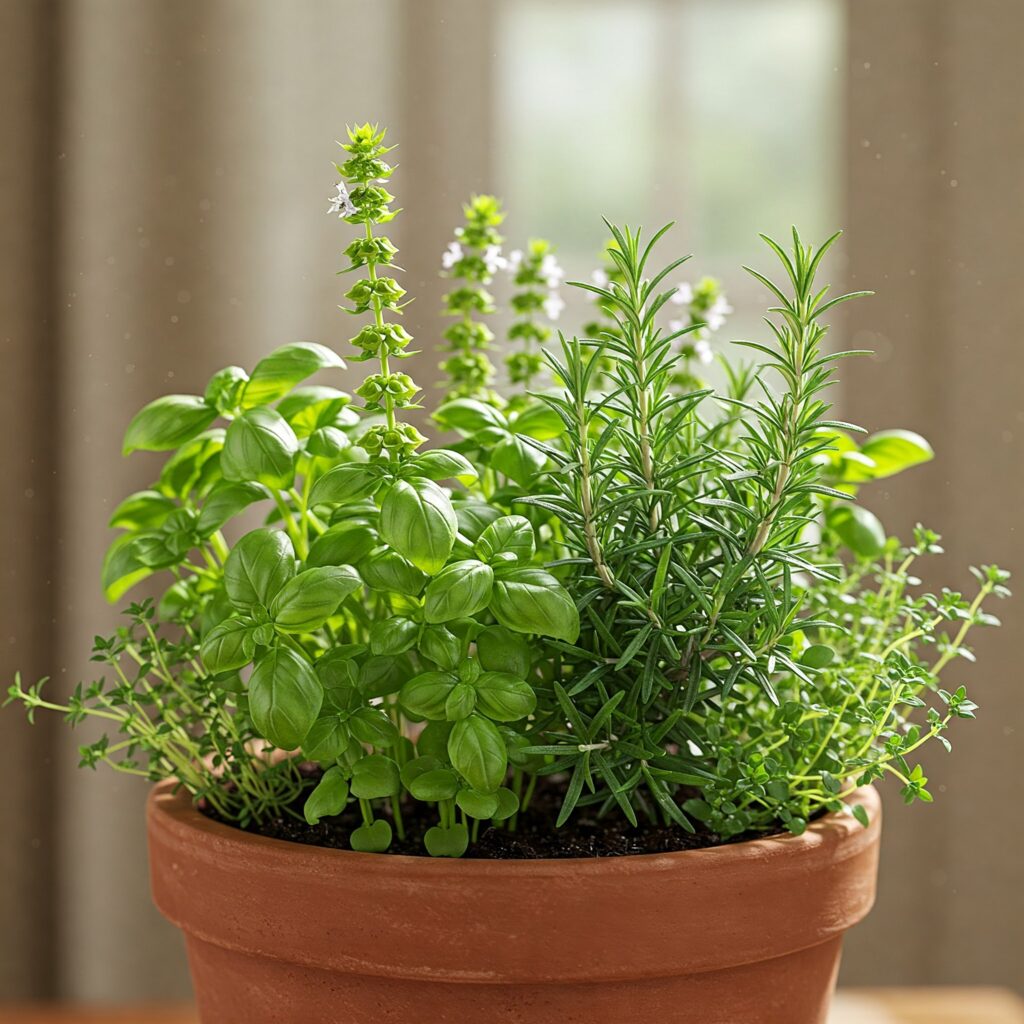
Step 4: Plant Your Herbs
When planting herbs, you can start with seeds or seedlings. Beginners may find it easier to start with seedlings, as they establish more quickly. If planting from seeds, follow spacing guidelines to prevent overcrowding and allow each plant enough room to grow.
Once planted, water thoroughly and place the herbs in a suitable location. If you’re transplanting store-bought herbs, gently remove them from their containers, loosen the roots, and place them in fresh soil. Make sure the roots are well-covered but not packed too tightly, as they need space to grow. After planting, press down the soil lightly and water the herbs to help them settle in their new environment.
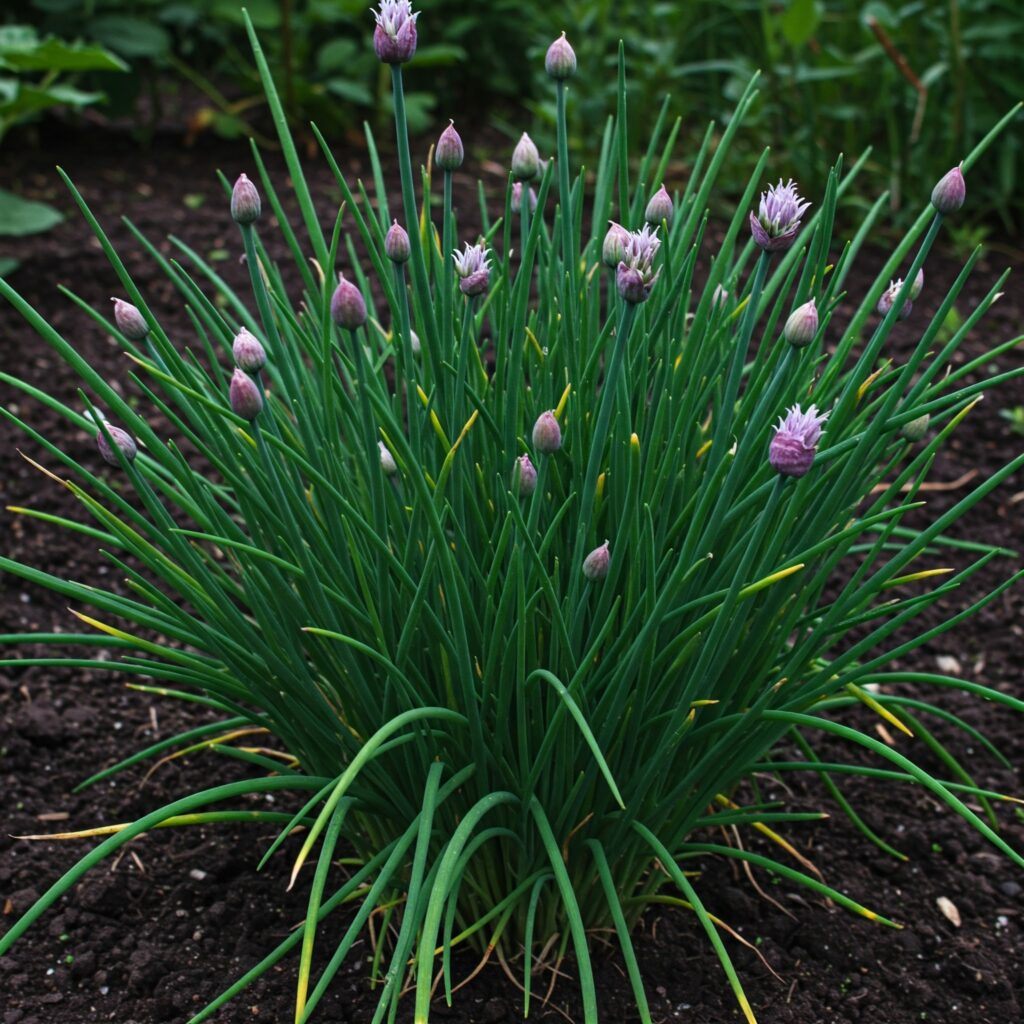
If starting from seeds, keep the soil consistently moist but not soggy until the seeds germinate. Use a humidity dome or plastic wrap over the container to retain moisture. Once the seedlings appear, remove the covering and place them in a well-lit area to encourage healthy growth.
Step 5: Water and Care for Your Herbs
Proper watering is essential for indoor herbs. The general rule is to water when the top inch of soil feels dry. Overwatering can lead to root rot, so it’s best to water sparingly and ensure proper drainage.
To keep your herbs healthy, rotate the pots regularly to ensure even light exposure. Prune your herbs frequently to encourage bushy growth and prevent legginess. Additionally, a light application of fertilizer every 4-6 weeks can provide essential nutrients for sustained growth.
Another key aspect of herb care is proper air circulation. Good airflow helps prevent fungal diseases and keeps the plants strong. Avoid overcrowding your herbs and ensure they have adequate space between them.
Best Soil for Beginner Gardeners
The benefits of adding composting for your garden
Step 6: Troubleshoot Common Problems
Indoor herbs may encounter common issues, but most problems have simple solutions. If you notice yellowing leaves, it could be due to overwatering or poor drainage. Leggy growth typically indicates insufficient light, so consider moving the herbs to a brighter location or adding a grow light.
Pests like aphids or spider mites can occasionally appear. Using natural remedies such as neem oil or insecticidal soap can effectively control infestations without harming the plants.
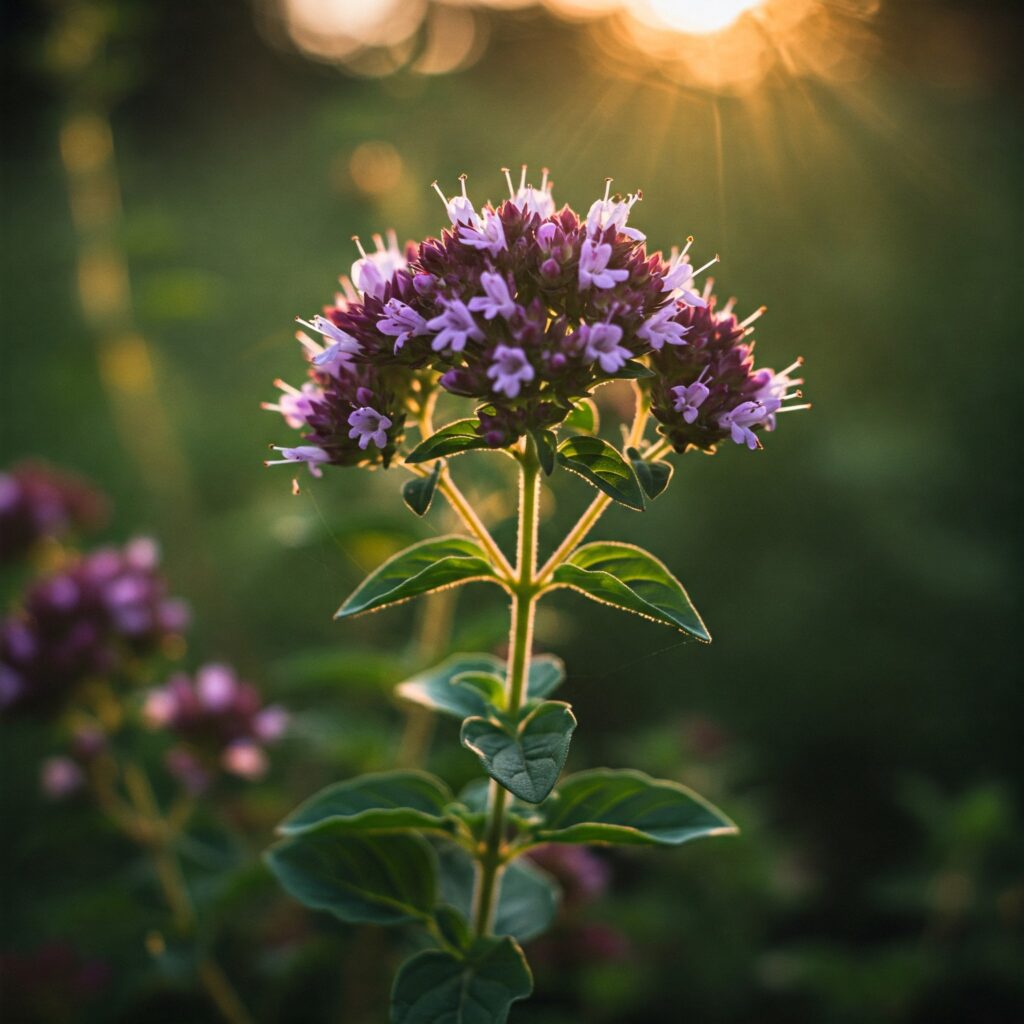
Step 7: Harvest and Enjoy Your Herbs
Harvesting herbs correctly ensures they continue producing fresh leaves. The best time to harvest is in the morning when the essential oils are most concentrated. Use sharp scissors to snip leaves, and never remove more than one-third of the plant at a time to allow for regrowth.
Indoor Plants You Can Grow From Seeds
Fresh herbs can be used in various ways, from enhancing recipes to making herbal teas. You can also dry or freeze them for longer storage, ensuring you always have homegrown herbs available.
FAQs About Growing Herbs Indoors
Can I grow herbs indoors without sunlight?
Yes! While natural light is best, grow lights can be used as an alternative to provide the necessary light for healthy herb growth.
How often should I water my indoor herbs?
Water when the top inch of soil feels dry. Avoid overwatering, as herbs prefer well-draining soil and do not thrive in soggy conditions.
What’s the easiest herb to grow indoors?
Mint, chives, and basil are among the easiest herbs to grow indoors due to their adaptability and minimal care requirements.
Conclusion
Growing herbs indoors is an enjoyable and rewarding way to ensure a fresh supply of flavorful ingredients year-round. By choosing the right herbs, selecting an ideal location, and providing proper care, you can cultivate a thriving indoor herb garden.
Ready to grow your own indoor herb garden? Grab your pots and seeds, and let’s get started! With just a little effort, you can enjoy fresh, homegrown herbs every day.
